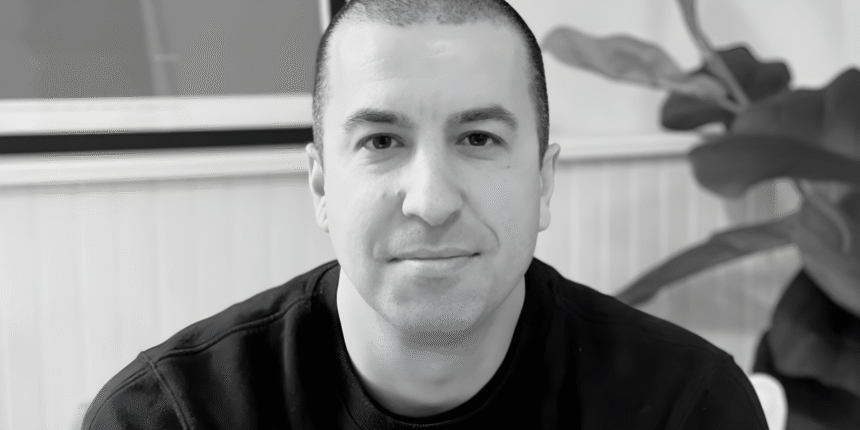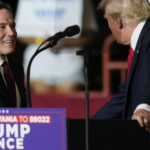The raise was purely for equity, said Ryan Bozarth, cofounder and CEO of Dakota. He declined to specify his startup’s valuation. “Dakota [was] one of the first companies I had seen in the Web3 payment space that had a significant share of non-crypto customers,” Alex Felix, chief investment officer at CoinFund, told Fortune.
In 2022, Bozarth left Coinbase to found Dakota. Just like the Dakotas, which were once on the frontier of the U.S.’s territorial acquisitions westward, his startup is on the frontier of what he calls “pioneering technology.”
His neobank functions much like any other bank. It has checking accounts and provides users, mainly businesses, yield on the money they’ve deposited. But instead of relying on decades-old financial technology, it uses stablecoins to move money between it and its many banking partners. (Dakota does not have its own bank charter but is regulated in the U.S. and Europe as a money services business, said Bozarth.)
Over the past year, it’s processed about $1.6 billion in transaction volume and is on pace to record $4 billion by December, Bozarth said. Dakota has more than 500 businesses using its platform, the majority of which are outside the U.S., he added.
“For a lot of folks outside of the U.S., access to a kind of U.S.-style bank account, or U.S. dollar-denominated account, is an incredibly valuable feature in itself,” said Bozarth.








